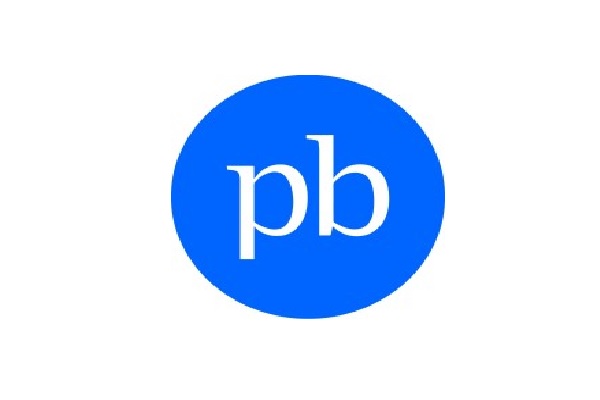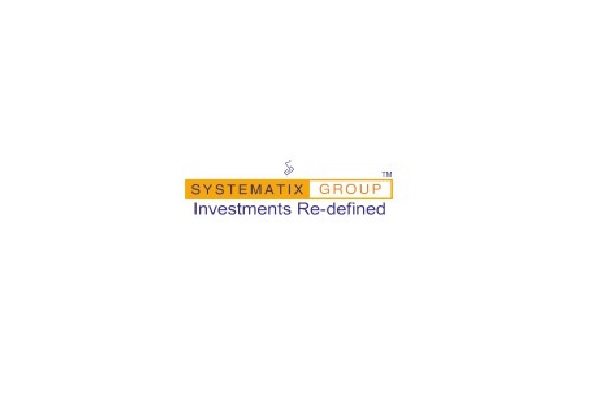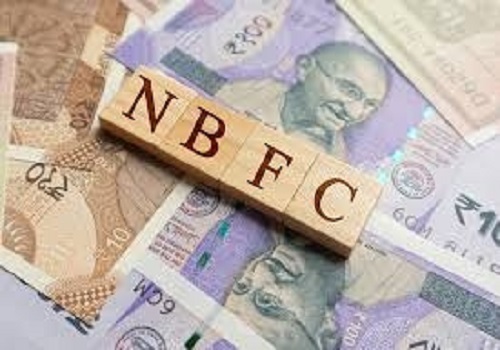NBFC Sector Update: Rate cycle turns: NIM, Earnings growth to bottom-out in FY26E By Motilal Oswal Financial Services Ltd

Rate cycle turns: NIM, Earnings growth to bottom-out in FY26E
Estimate credit growth to sustain at 12.5% for FY26E
* The RBI has kick-started the reversal in the repo rate cycle with a 25bp cut in its monetary policy meeting today (7th Feb’25), citing a controlled inflation outlook and the need to support economic growth. The reduction in the repo rate will directly affect lending yields for the banking system, thereby adversely impacting margins and the overall earnings trajectory.
* The banking sector has witnessed a significant NIM compression, with some lenders already below the pre-rate-hike levels reported in 4QFY22. Margins are thus expected to complete a full cycle for many lenders with PSBs relatively better positioned due to a higher mix of MCLR-linked loans.
* Private Banks, with higher exposure to repo-linked loans, will face immediate margin pressure from rate cuts. Meanwhile, lenders with a greater share of fixed-rate loans, such as AUBANK, IIB and EQUITAS, will be more resilient. PSBs, benefiting from MCLR-linked repricing, are likely to exhibit relative stability.
* With growing stress in unsecured segments like personal loans and credit cards, lenders are shifting their focus to secured lending. The slowdown in highyielding unsecured credit growth limits the ability to support margins through this route.
* The deferment in implementation of LCR guidelines provides relief to banks, especially private lenders, enabling better liquidity management in a tough environment. This regulatory flexibility reduces compliance strain and supports operational performance of banks.
* Outlook: Banking sector margins will remain under pressure with earnings growth expected to bottom out in FY26. Private Banks are projected to deliver PAT growth of 10.8% and 17.2% YoY in FY26 and FY27, while PSBs will grow at 5.6% and 11.1%. Our top picks are: ICICI, HDFCB, SBI, and AUBANK.
NIM to undergo one full circle; a few lenders already at pre-rate-hike levels
The banking system has witnessed significant NIM compression over the past one and a half years, led by the repricing of funding costs, while loan yields moved in a narrow range. Among private sector banks, lenders such as ICICIBC, AXSB, and KMB have reported an 18, 8, and 29bp dip in margins, respectively, over the past one year. Interestingly, we note that margins for a few lenders have already dipped below the pre-rate-hike levels (that started in 1QFY23). While the consensus expectation is of a shallow rate cycle, we believe that NIMs for most banks will move one full circle and revert towards the pre-rate hike cycle by the end of FY26. PSBs are relatively better placed with a higher mix of MCLR loans and thus will likely report more resilient performance on the margin front.
Higher repo-linked loans for private banks to exert pressure on margins
* Banks with a higher share of loans linked to the repo rate are more sensitive to potential rate cuts, as these loans will be repriced immediately, impacting margins. We note that EBLR-linked loans for private banks stand higher with Kotak at 60%, Axis Bank at 57%, ICICI Bank at 52%, Federal Bank at 51%, and HDFC Bank at 45%.
* In contrast, lenders with a greater proportion of fixed-rate loans stand to benefit as their loan yields would remain stable. Amongst banks, AUBANK has a high share of fixed-rate loans at 62% and Equitas at 80%.
* PSBs have a higher share of MCLR-linked loans, with Indian Bank holding the highest share at 57%, followed by Canara Bank at 48%, SBI at 36%, and PNB at 32%, which will allow them to show greater NIM resilience as underlying loans are repriced with a 6M/12M lag.
Slowdown in high-yielding unsecured loans limits ability to support margins
With the ongoing stress and a cautionary stance for most of the unsecured lending segments (Personal Loans, Credit Cards, MFI, etc.), we believe that most lenders will exercise restraint to accelerate growth in these segments. Already over the last one year, the growth in credit cards and personal loans has moderated to 15% and 13% from the peaks of 28% and 38%, respectively, in FY23. We note that unsecured loan growth has moderated sharply for most of the key banks (refer to Exhibit 7 for details). Further, with elevated slippages in MFI and credit cards, we believe that there is limited room to accelerate growth in high-yielding unsecured segments to support margins. We thus expect banks to prioritize secured lending to maintain stability along with business growth.
Funding costs nearly peaked; expect a calibrated easing over FY26/27
With the majority of liability repricing now complete for most banks, the reversal in the rate cycle will enable banks to moderate deposit rates and benefit from a gradual reduction in funding costs. However, the stretched CD ratio, and, resultantly, the elevated competition for deposits will make it harder for banks to effect a meaningful cut in TD rates in the near term, though the premium on bulk deposits may come off faster. This would thus begin to help ease pressure on funding costs.
Liability competition stays elevated; Estimate loan growth at 12.5% for FY26E
Credit growth has moderated to 11.4% as of 24th Jan’25 while the deposit growth stands at 10.3%. While credit growth has moderated from the avg. 16% YoY levels witnessed during FY23/FY24, the systemic CD ratio still stands elevated at 81%. Select banks are thus maneuvering their growth to alleviate the stretched balance sheet and restore the deposit mix to its long-term average levels. We believe that the ongoing necessity to source deposits is due to most banks having effectively utilized their balance sheet liquidity. Several public sector banks are also approaching their optimized levels of the CD ratio. Consequently, we anticipate that credit growth will remain modest at ~12.5% YoY during FY26E as well.
Valuation and View
* As the banking sector navigates through a turn in the rate cycle, the outlook on margins and recovery in overall growth will be watched closely. While the 25bp rate cut in Feb’25 will only have a partial impact on yields during 4QFY25, the full impact on margins will be visible when banks report their 1QFY26 results.
* While the overall rate cycle will likely be a shallow one, we also remain watchful of further rate action by the RBI in its Apr’25 policy.
* Further repo reductions in FY26 are expected to exert downward pressure on loan yields and margins while the cost of funds reprices with a lag.
* The postponement of the LCR guideline provides a crucial relief to the banking system, particularly select private banks, allowing them to manage liquidity more effectively during a challenging environment. This regulatory flexibility alleviates the pressure from regulatory compliance and fosters a more stable operating environment.
* We expect banking system margins to compress further over the next few quarters and project earnings growth to bottom out in FY26E. We thus estimate Private Banks to deliver a PAT growth of 10.8% and 17.2% YoY in FY26 and FY27, respectively, while PSBs are expected to grow at 5.6% and 11.1% YoY over a similar period.
* Our banking coverage universe earnings are thus likely to grow at 13.5%, 8.4%, and 14.4% YoY over FY25, FY26, and 27E respectively. Top picks: ICICI, HDFCB, SBI, and AUBANK.
For More Research Reports : Click Here
For More Motilal Oswal Securities Ltd Disclaimer
http://www.motilaloswal.com/MOSLdisclaimer/disclaimer.html
SEBI Registration number is INH000000412










More News

NBFC Sector Update : GST 2.0: Navigating GST transition and macro headwinds By Motilal Oswal...














